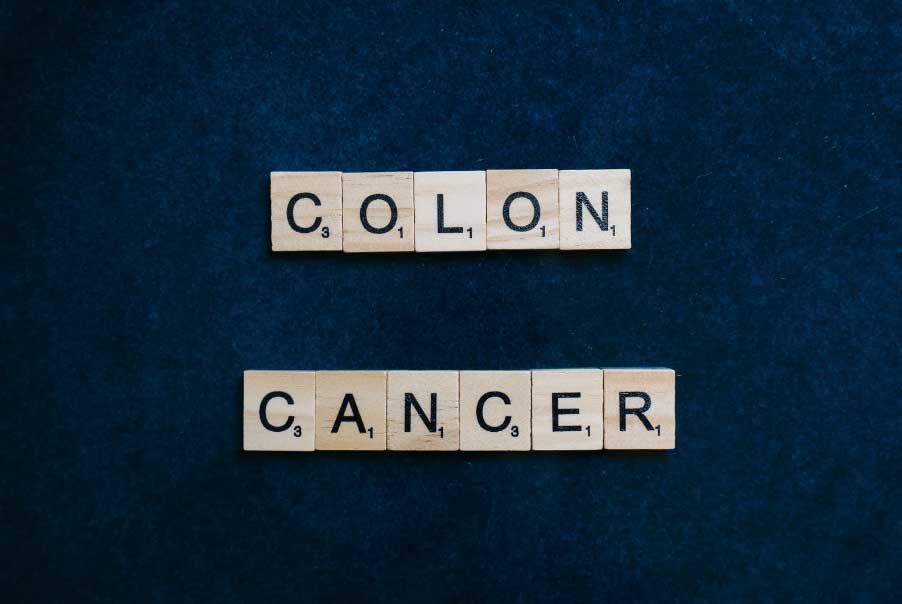Stroke is a serious medical emergency that occurs when blood flow to the brain is interrupted, either by a blood clot or a ruptured blood vessel. Without enough blood flow, brain cells can die, leading to permanent brain damage or even death.
It is important to be aware of the signs and symptoms of stroke so that medical help can be sought immediately. The most common signs of stroke include:
- Sudden numbness or weakness in the face, arm, or leg, especially on one side of the body
- Sudden confusion or trouble speaking or understanding speech
- Sudden trouble seeing in one or both eyes
- Sudden trouble walking, dizziness, or loss of balance or coordination
- Sudden severe headache with no known cause
If you or someone around you is experiencing any of these symptoms, it is important to call emergency services immediately. Time is critical in treating stroke, and the faster treatment is received, the better the chances of recovery.
There are several risk factors for stroke, including high blood pressure, high cholesterol, smoking, diabetes, and a family history of stroke. Managing these risk factors through lifestyle changes and medication can help reduce the risk of stroke.
In addition, there are several lifestyle changes that can help reduce the risk of stroke, including regular exercise, a healthy diet, limiting alcohol consumption, and not smoking. It is important to talk to a healthcare provider about ways to reduce the risk of stroke and to receive regular check-ups to monitor blood pressure and other risk factors.






